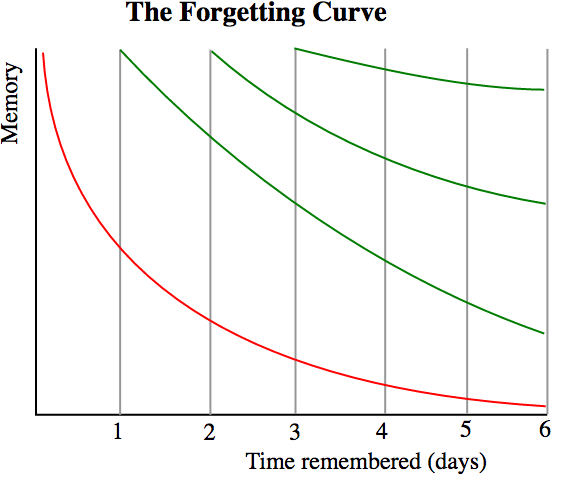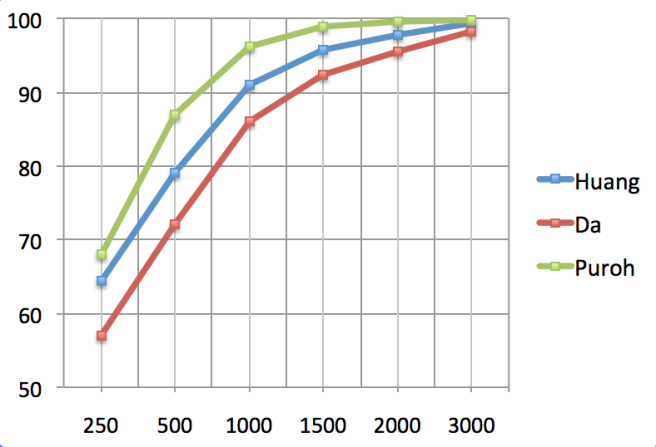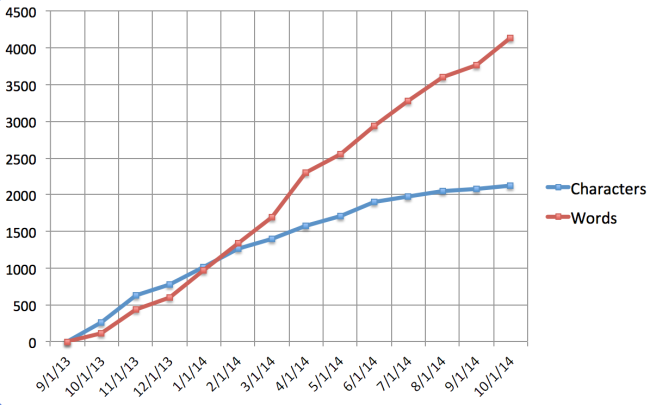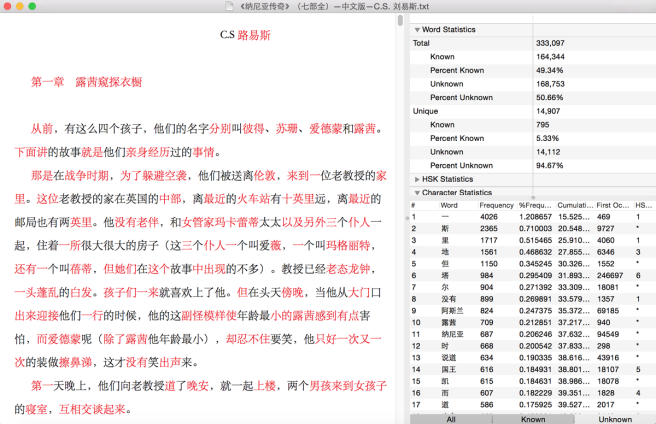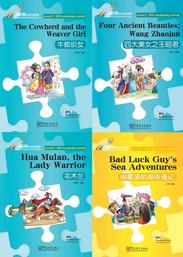
Even the best of us can sometimes get persuaded by new strategies or tactics that promise to deliver remarkable results. I don’t necessarily take issue with websites or books that claim to have found the perfect plan to achieve your goals. Yet the best plan or strategy is the one that actually gets used. Besides language learning, I see this principle apply to many other areas of life such as fitness or dieting. Many people get inspired to get healthy or lose weight, but they often fail because the plan they chose requires too big of a change in their routine or habits. It could be that going from nothing to working out at the gym three times a week is a to big of a jump in commitment. It is no wonder that the majority of folks who sign up for a gym membership as a New Year’s resolution stop going to the gym by the middle of February.
The main principle here is to be brutally honest with yourself about what sort of plan you will actually adhere to. Far better to choose a decent plan that you will actually stick to versus having the perfect plan that never gets utilized. At the same time you should be extremely intentional in removing as many barriers as possible that are going to prevent you from procrastinating or giving up.
I’ve needed to heed this advice in my own language learning journey. In studying Mandarin, I tried using a mass sentence method called Glossika that required me to listen and repeat thousands of recorded sentences. Each day a new recording would have me parrot dozens of sentences for 30 minutes. I actually believe that this is an effective learning strategy, and many polyglots have utilized it with great success. I actually stuck with it for about 3 months and can honestly say that my cadence and fluency actually improved. But the problem I faced was that I dreaded doing this practice, and it was extremely difficult to adhere to each day. Eventually I quit and moved on to other types of language practice. Some may object and say, “no pain, no gain”, which is true. I believe that practice should be both challenging and deliberate. But we also need to be realistic about what we are willing to commit to.
If you have no interest in reading the newspaper even in your mother tongue, then don’t use a learning plan that involves daily reading practice from a newspaper. If a language learning method encourages you to go out and talk to strangers, but you are an introvert, don’t expect yourself to be in the marketplace each day doing hours of conversation practice. Better to have private practice with a tutor twice a week than a daily practice routine that never happens. It may be that language programs like Pimsleur or Assimil get you great results, but only if you stick with them long-term. Find the program that you think you are least likely to quit a few weeks later.
The language learning app Duolingo seems to be one program that has addressed some of these barriers that keep people from adhering to a plan. They have taken the language learning process and gamified it, and turned daily practice into bite-size pieces. While skeptics may criticize an app like Duolingo and say it can never replace a proper classroom or teacher, 20 minutes of daily practice that actually happens easily beats the language course that you never get around to attending.
It’s been said, “Success is the sum of small efforts, repeated day in and day out.” What distinguishes greatness is consistency. The next time you’re considering a new language learning resource or study approach, think about this principle of adherence.




